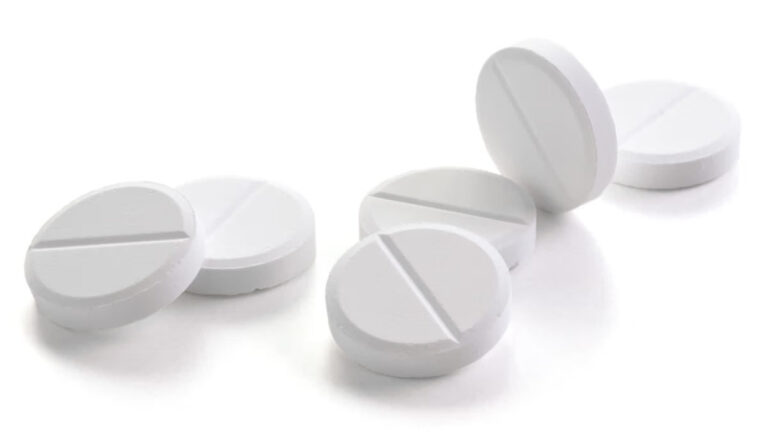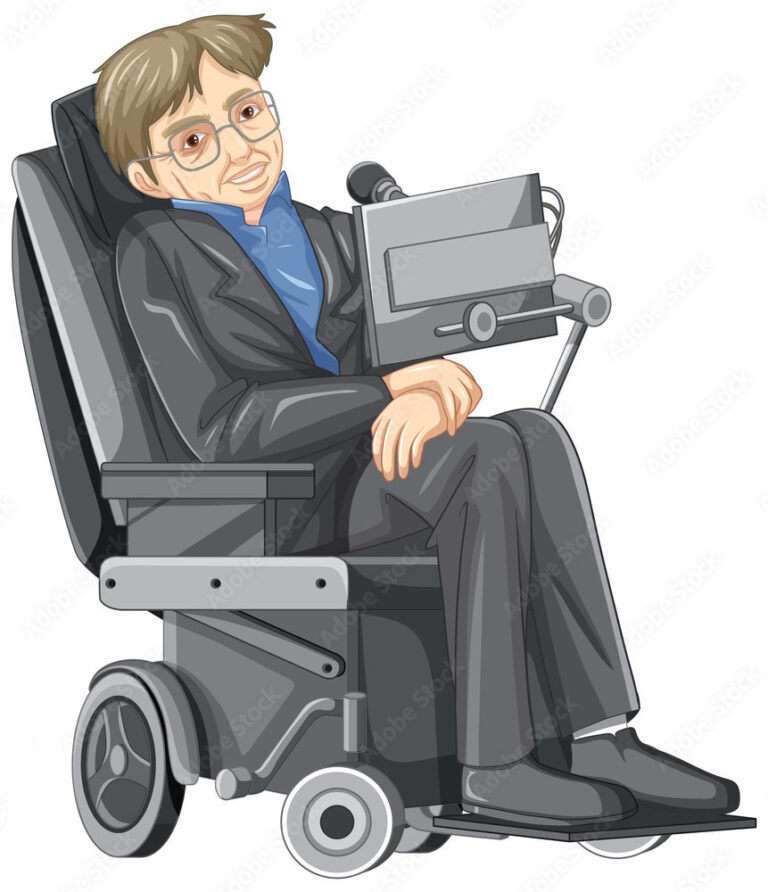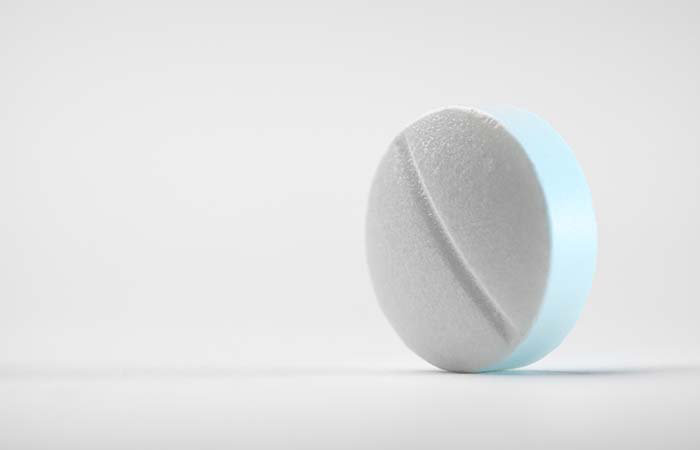How Modafinil Helps with Traumatic Brain Injury Recovery
Traumatic brain injuries (TBI) often leave lasting challenges, with fatigue and excessive daytime sleepiness (EDS) among the most debilitating symptoms. These issues can hinder participation in essential rehabilitation therapies like physical and occupational therapy, slowing the recovery process. Modafinil, a medication widely used for sleep disorders, is being explored for its potential to enhance wakefulness and cognitive function in TBI patients. Understanding how modafinil might support recovery offers hope for improving outcomes in those navigating the effects of TBI.
Understanding Traumatic Brain Injury and Its Challenges
TBI occurs when a sudden impact or force damages the brain. Causes of TBI vary widely, ranging from falls and car accidents to strokes and neurological conditions. The severity of TBI can also differ significantly, from mild concussions to more serious injuries that require long-term rehabilitation.
One of the most common post-TBI complications is sleep disturbances, which include fatigue and EDS. Studies have shown that 21% to 70% of TBI patients experience sleep-related issues, including an inability to stay awake or maintain energy throughout the day. These symptoms not only affect day-to-day quality of life but also interfere with the rehabilitation process, making it more difficult for patients to engage in PT, OT, and other recovery activities. Addressing these symptoms is crucial to improving long-term outcomes for individuals recovering from TBI.
Modafinil as a Treatment Option for TBI
Modafinil is a central nervous system stimulant that promotes wakefulness, primarily used to treat conditions such as narcolepsy, obstructive sleep apnea, and shift work sleep disorder. Its role in treating TBI-related symptoms has gained interest in recent years, particularly for EDS and fatigue.
Unlike traditional psychostimulants like amphetamines or methylphenidate, modafinil operates differently in the brain. While classic stimulants trigger a significant release of dopamine and norepinephrine, leading to intense stimulation, modafinil works more selectively. It increases the levels of dopamine and norepinephrine but without causing extreme spikes. This makes modafinil a potentially safer option for TBI patients, who may already be on several other medications for related conditions, including anticonvulsants or antidepressants.
Modafinil’s potential lies in its ability to improve wakefulness. While it is highly effective in treating EDS, its impact on fatigue in TBI patients has been less clear. Some studies report positive results for reducing daytime sleepiness, but improvements in fatigue, which involves both mental and physical exhaustion, are not as consistent.
Clinical Studies on Modafinil and TBI Recovery
Several clinical trials have assessed the effectiveness of modafinil in managing TBI-related symptoms, particularly EDS and fatigue.
1. Jha et al. (2008)
This study aimed to evaluate the impact of modafinil on fatigue and wakefulness in TBI patients. The results showed that modafinil, even at a high dosage of 400 mg, did not significantly improve wakefulness or reduce fatigue. While some patients experienced a slight reduction in symptoms, the overall outcomes did not support the use of modafinil as a definitive treatment for TBI-related fatigue.
2. Kaiser et al. (2010)
In a randomized controlled trial, patients with TBI were administered either modafinil or a placebo to assess its effects on EDS and fatigue. The study found that modafinil significantly improved EDS, as measured by the Epworth Sleepiness Scale (ESS). However, modafinil did not have the same positive effect on fatigue levels, which remained largely unchanged. This study highlighted modafinil’s potential for improving wakefulness but called into question its role in addressing the broader issue of fatigue.
3. Menn et al. (2014)
This study focused on patients with mild to moderate TBI and evaluated the effects of modafinil on cognitive alertness and wakefulness. Using the Multiple Sleep Latency Test (MSLT) to measure results, researchers found that modafinil improved wakefulness and cognitive function, particularly in patients with less severe TBIs. This suggests that modafinil may be more effective for individuals with milder injuries, where fatigue and EDS are less deeply ingrained in the recovery process.
4. Borghol et al. (2022)
In a hospital-based study, the use of modafinil was evaluated in patients recovering from TBI. While no significant improvement in the Glasgow Coma Scale (GCS) score was observed after 72 hours, a notable improvement in neurological function was seen at the time of discharge. This improvement was more pronounced in patients who received modafinil over a longer treatment period, suggesting that consistent use of modafinil may enhance neurological recovery in TBI patients.
These studies illustrate that while modafinil can help improve wakefulness and alertness in TBI patients, its effectiveness in reducing fatigue remains uncertain. The outcomes appear to vary depending on the severity of the injury, the dosage of modafinil, and the duration of treatment.
How Modafinil Affects Sleep-Wake Disturbances in TBI
Sleep-wake disturbances are among the most common challenges faced by TBI patients. Excessive daytime sleepiness, difficulty falling asleep, and disrupted sleep patterns are all issues that can delay recovery and hinder daily functioning.
Modafinil addresses these disturbances by regulating the brain’s sleep-wake cycle. Its wake-promoting effects are largely due to its influence on neurotransmitters such as dopamine and norepinephrine. By increasing the availability of these chemicals, modafinil helps patients stay awake during the day, reducing the impact of EDS and enabling them to engage in more productive activities, including rehabilitation exercises.
However, while modafinil is effective in reducing daytime sleepiness, it does not consistently alleviate fatigue, which includes both mental and physical exhaustion. Some researchers suggest that this may be because fatigue, unlike EDS, is not solely a matter of wakefulness but is influenced by a variety of factors, including emotional and physical health. This could explain why modafinil helps patients stay awake but does not always improve their overall energy levels.
Modafinil’s Role in Enhancing Physical and Occupational Therapy Participation
For TBI patients, active participation in physical therapy (PT) and occupational therapy (OT) is critical to recovery. The ability to remain alert and engaged during these sessions can have a significant impact on long-term outcomes.
The Borghol et al. (2022) study examined the effect of modafinil on PT and OT participation in TBI patients. According to the study, 96.7% of patients participated in therapy sessions 72 hours after beginning modafinil treatment. This high rate of participation was maintained throughout therapy, indicating that modafinil may help improve a patient’s readiness to engage in rehabilitation activities.
However, the study found no direct statistical correlation between improved GCS scores and PT/OT participation rates. This suggests that while modafinil may boost wakefulness and help patients attend therapy, other factors, such as the severity of the brain injury or overall health, may play a more significant role in determining the effectiveness of therapy.
Still, the high participation rates are encouraging. Increased alertness can make it easier for patients to fully engage in PT and OT sessions, which are critical to regaining physical strength, mobility, and cognitive skills after a TBI.
Adverse Effects and Considerations
While modafinil is generally well-tolerated, it’s important to consider potential side effects and interactions, particularly for TBI patients who may already be taking multiple medications. The most common side effects reported in studies include headaches, nausea, and insomnia. Although these are typically mild, they can still be disruptive, especially for patients already dealing with post-TBI symptoms such as cognitive impairment or sleep disturbances.
One of the key advantages of modafinil compared to traditional psychostimulants like amphetamines or methylphenidate is its lower potential for abuse and dependency. Unlike these drugs, which cause a large and rapid release of dopamine, modafinil works in a more controlled manner, reducing the risk of addiction. However, it is still classified as a Schedule IV drug in the United States, meaning there is some potential for misuse, especially among individuals seeking to enhance cognitive performance.
Additionally, modafinil interacts with several other medications. It is a known inhibitor of the cytochrome P450 system, particularly affecting enzymes such as CYP3A4, CYP2C19, and CYP2D6. This can be particularly relevant for TBI patients who may be on anticonvulsants, sedatives, or other psychotropic drugs that are also metabolized through these pathways. For example, combining modafinil with drugs like benzodiazepines or antipsychotics could lead to unexpected effects or reduced efficacy of one or both medications. Physicians must carefully monitor for potential drug interactions and adjust dosages as necessary to ensure patient safety.
In addition to the risk of interactions, modafinil’s use in patients with certain underlying conditions requires caution. For example, patients with a history of cardiovascular issues or hypertension may need to be closely monitored due to modafinil’s potential to increase heart rate and blood pressure, even though these side effects are generally less severe than those seen with other stimulants.
Challenges and Future Directions
Despite the positive results seen in some studies, there are still several challenges in determining the full scope of modafinil’s effectiveness in TBI recovery. One of the main issues is the inconsistency in clinical study outcomes. While some research points to modafinil’s ability to significantly reduce excessive daytime sleepiness, other studies show little to no effect on fatigue or neurological improvement.
For instance, the study by Kaiser et al. (2010) demonstrated that modafinil was effective in treating EDS but not fatigue. Meanwhile, Jha et al. (2008) found no significant improvement in either symptom. This variability in results could be due to differences in study designs, patient populations, and the severity of TBIs being treated. For example, some studies focused only on mild to moderate TBIs, while others included patients with more severe injuries.
Additionally, many of the studies conducted so far have relatively small sample sizes, which limits the ability to draw broad conclusions. Larger-scale studies are needed to confirm the potential benefits of modafinil, especially in more diverse patient populations. Furthermore, most existing studies only evaluate the short-term effects of modafinil. Future research should also focus on long-term outcomes, examining how sustained use of modafinil might impact recovery over months or even years.
Another area for future exploration is understanding how modafinil affects different types of TBIs. For example, it remains unclear whether modafinil is equally effective for patients with ischemic or hemorrhagic strokes, as opposed to those with more traditional TBIs caused by physical trauma. By isolating these variables in future studies, researchers could better tailor modafinil treatment to specific subgroups of TBI patients.
Finally, more work is needed to determine the ideal timing and dosage of modafinil for TBI recovery. Some studies have shown that modafinil is most effective when given within a specific time window after injury, while others have tested different dosages to find an optimal level. Clarifying these details could help improve the overall effectiveness of modafinil as part of a comprehensive TBI treatment plan.
Conclusion
Modafinil shows promise as a treatment for certain symptoms of traumatic brain injury, particularly excessive daytime sleepiness. Its ability to improve wakefulness makes it a valuable tool for enhancing a patient’s ability to engage in rehabilitation activities such as physical and occupational therapy. However, its effectiveness in reducing fatigue remains uncertain, with clinical studies providing mixed results.
The use of modafinil in TBI patients appears to offer significant benefits for those struggling with sleep-wake disturbances, though its overall impact on long-term recovery and neurological function is still being explored. Given its relatively low risk of addiction compared to other stimulants, modafinil is a safe option for many patients, but physicians must remain cautious of potential drug interactions, especially in patients taking multiple medications.
More research is needed to better understand how modafinil can be integrated into a comprehensive TBI recovery plan. Larger, more detailed studies that focus on long-term outcomes and different subgroups of TBI patients will help clarify modafinil’s role in managing both EDS and fatigue. In the meantime, modafinil remains a useful tool for improving alertness in TBI patients, supporting their ability to participate more fully in recovery efforts. With continued research, it may become an even more valuable component of TBI treatment in the future.








